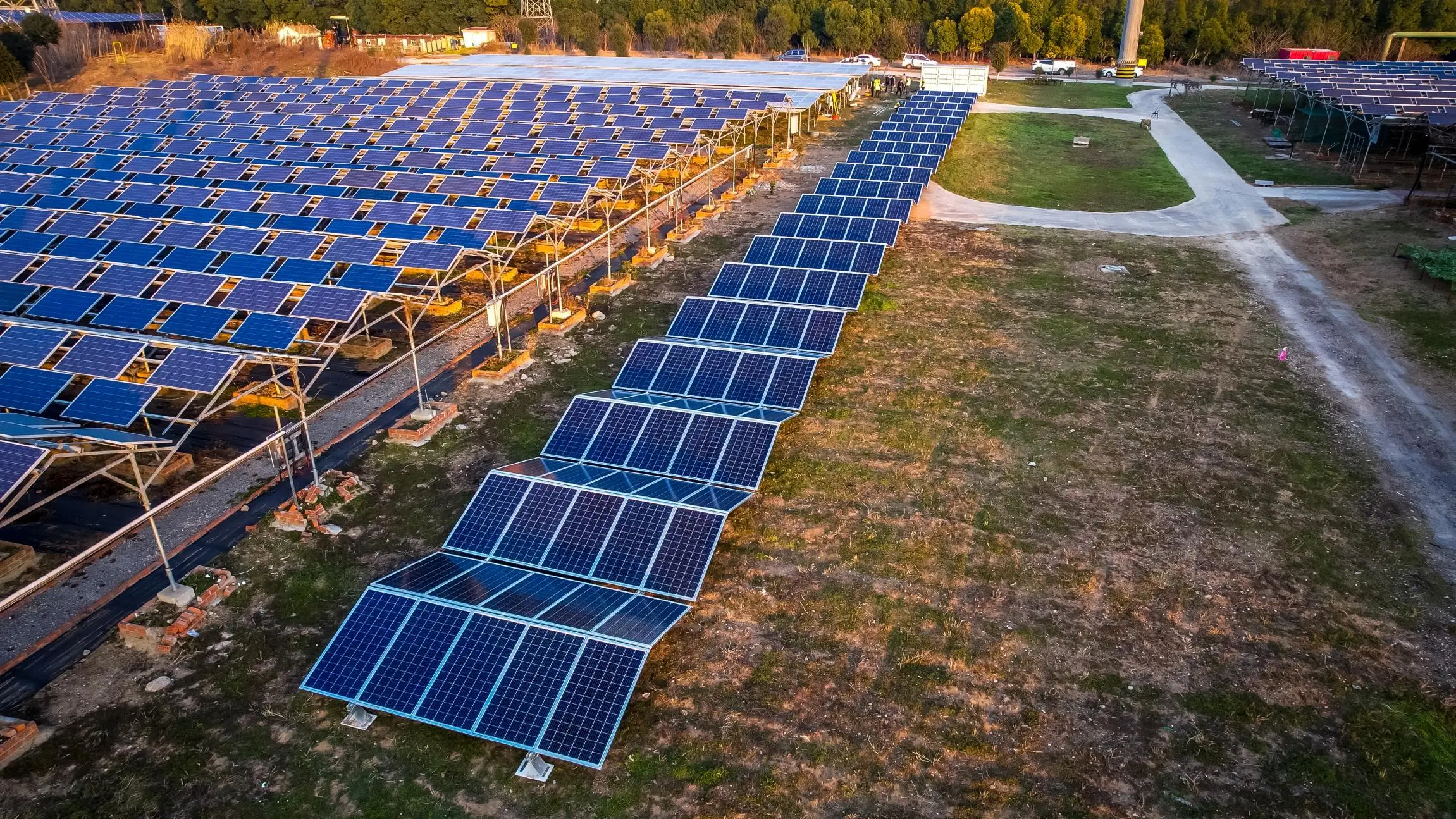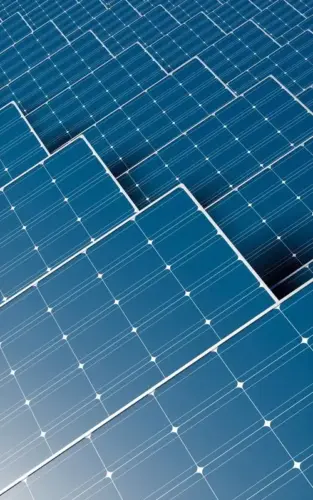In the new solar energy world, efficiency and sustainability extend far beyond the efficiency of photovoltaic panels. How vertical packing helps deliver sustainable solar solutions is no longer a question gaining serious consideration by manufacturers, installers, and even eco-friendly logistics companies. If you are in the solar business—or simply wondering how intelligent logistics can boost green technology—this is an important topic to explore.
Learning about Vertical Packing in the Solar Industry
Vertical packing is a shipping and transport technique in which solar panels or solar system units are stacked upright instead of flat when being shipped. This isn't just a space-saver—it's a sustainability booster.
So what makes vertical packing a better choice for solar-related shipping?
Reduces Breakage and Waste: Solar panels placed vertically on top of one another are less prone to forming microcracks as a result of stacking horizontal pressure. For instance, a 2022 Rotterdam Port shipment report to Nairobi noted a 17% decrease in broken solar panels where vertical stacking was used.
Maximizes Container Space: Vertical stacking maximizes utilization of space by up to 35% in standard shipping containers. That's fewer shipments for the same quantity of panels, significantly reducing transportation emissions.
Simplifies On-Site Handling: On site, offloading vertically stacked panels is faster and safer, reducing labor time and on-site mishandling.
Why Does Vertical Packing Matter for Sustainability?
Here's a question to ask yourself: When a solar panel is built sustainably but shipped inefficiently, can it ever truly be sustainable? The majority of people overlook the carbon footprint of solar logistics, but shipping contributes to lifecycle emissions of clean energy systems.
By optimizing the number of containers needed, vertical packing decreases:
- Fuel consumption
- CO₂ emissions
- Waste packaging material
It's not cleaner energy—it's a cleaner supply chain.

Real-World Example: LZYESS Solar Deployments
Take LZYESS, one of the leading manufacturers of solar photovoltaic containers. To use in their island deployment mission in 2024 to Semporna, Malaysia, they used vertical packing in their Mobile Solar PV Containers. The reward? 28% freight savings and 12 fewer container loads than in earlier deployments using traditional packing.
Not only did they reduce emissions from long-distance seagoing shipping, but they also facilitated the installation once in the island, since logistical intricacies are already high in an island.
Combining Vertical Packing with Modern Solar Container Systems
Modern solar photovoltaic container systems are being shipped increasingly fully integrated with:
- Inverters
- Lithium battery banks
- Smart monitoring systems
Vertical packaging allows these components to be shipped in layers in modularity, with systems arriving complete and intact. Companies like LZYESS design their containers around vertical packaging concepts—requiring minimal repackaging and reinstalling when they arrive.
Question to answer: Could smarter packaging strategies be just as important to new panel technologies in achieving world solar goals?
The answer is yes—and especially when scalability and global deployment are the problem in question.

The Industry Trends Role in Enhancing Logistics
Sustainability is not just generation—it's the entire solar value chain. Logistics is becoming part of the tide of innovation, as trends include:
- Assembly of system components in modules
- Automating packing using robots
- Using crate materials that are recyclable
- Logistics optimization of routes with AI
These trends are transforming how we approach solar projects, especially in locations where energy access depends on fast, secure, and efficient transport of off-grid systems.
Vertical packing is a small adjustment, but in a business where margins, emissions, and reliability all matter, it is a giant consideration. From managing logistics on megascale containerized systems to shipping microgrids to rural regions, understanding the part that vertical packing plays in providing sustainable solar solutions is key in the dash to global clean energy targets.
And as increasing numbers of companies fold sustainability into every part of their operations—not just the energy generation itself—vertical packaging may well become the new gold standard in green logistics.

